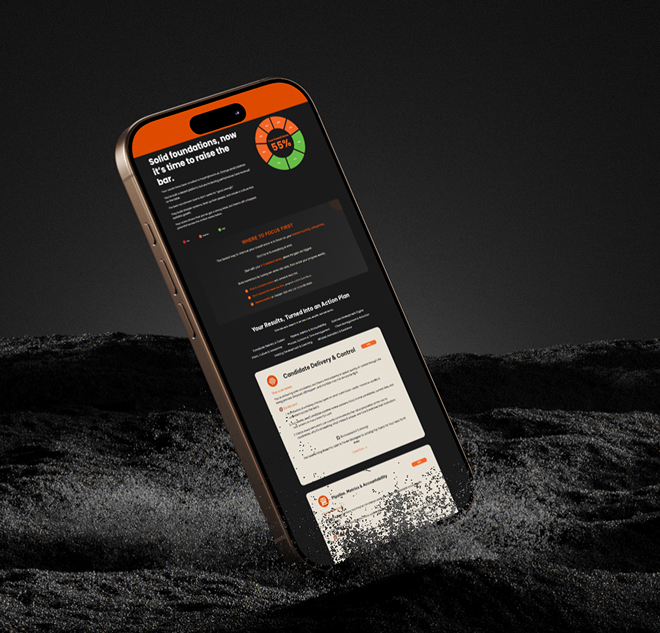Creating a diverse shortlist
As we come to the end of our three-part series dedicated to D&I, I wanted to round it off talking about diverse candidate shortlists and how you can start to implement what you’ve learned and put it into practice!
Here’s a quick recap on what we’ve spoken about so far relating to D&I:
- The basics: Creating internal initiatives should be the first step before you start implementing any external services to clients
- Talking about D&I with clients and candidates: Once you have started making efforts internally, you can start to build your confidence and engage in conversations with candidates and clients. From a client perspective, this is a great way to gauge gaps in the market and how you can service them uniquely relating to D&I
Today, we’re going to encompass everything we’ve spoken about in the last two editions, and give you some advice on how to create a diverse shortlist for clients!
Step 1: Ensure that you and your client are on the same page
When looking at D&I, it’s important to ensure that you and your clients are aligned on expectations, as well as the process that you’re going to run.
Unfortunately, there will be clients out there who won’t focus on D&I, and in this situation, you are better off-putting your efforts in with clients who are committed and actively want to have a diverse workforce.
Before you spend time and resources creating diverse shortlists, make sure that your client wants this, and that they are completely on board with your process. Once you have this process signed off, you can simply repeat it each time you work with each client.
Step 2: Audit your job adverts
Believe it or not, vocabulary can affect how diverse your candidate pool is, purely from how you are positioning a job advert. Particularly with leadership roles, masculine language is present, thus deterring candidates who respond better to gender-neutral or feminine language,
This vocabulary extends to how you communicate on the phone with prospective candidates, so ensuring that you are using neutral vocabulary is one of the best ways to attract a diverse candidate pool.
A great resource on neutral language can be found here, which explains the statistics behind this as well as some examples you can use. Google also introduced a feature in May which shows gender-neutral language in Google Docs. You can read the full article here.
Step 3: Target sources where diverse candidates are
It can be easy to slip into tried and tested methods of recruiting, such as referrals or using the same job boards to connect with candidates.
Spending time to connect with diverse groups (for example, women in tech groups on LinkedIn) can be a great way to ensure that you are doing your best to reach as many candidates as possible.
If you are struggling to find these spaces online, start talking to candidates and find out how you can get involved. This is the best way to start building relationships with new candidates who are passionate about D&I.
Step 4: Make suggestions to the client to make the role more inclusive
Diversity can’t be achieved without inclusion, and vice versa, so working closely with your clients to ensure that they are offering an inclusive role is crucial.
A simple change such as allowing remote working, or accepting overseas candidates can be a great way to ensure that they are creating diverse and inclusive opportunities.
It’s important as a recruiter to educate clients that they will struggle to achieve diversity unless they are flexible with what they offer.
Step 5: Track your efforts as part of your service
Data is incredibly powerful, and it’s a transparent way of seeing how diverse your candidate shortlists really are. It’s important to track your performance, as well as giving your client a monthly (or quarterly) report detailing your efforts.
This is the best way to see how your current process is going, and shows you where there will be room for improvement.


